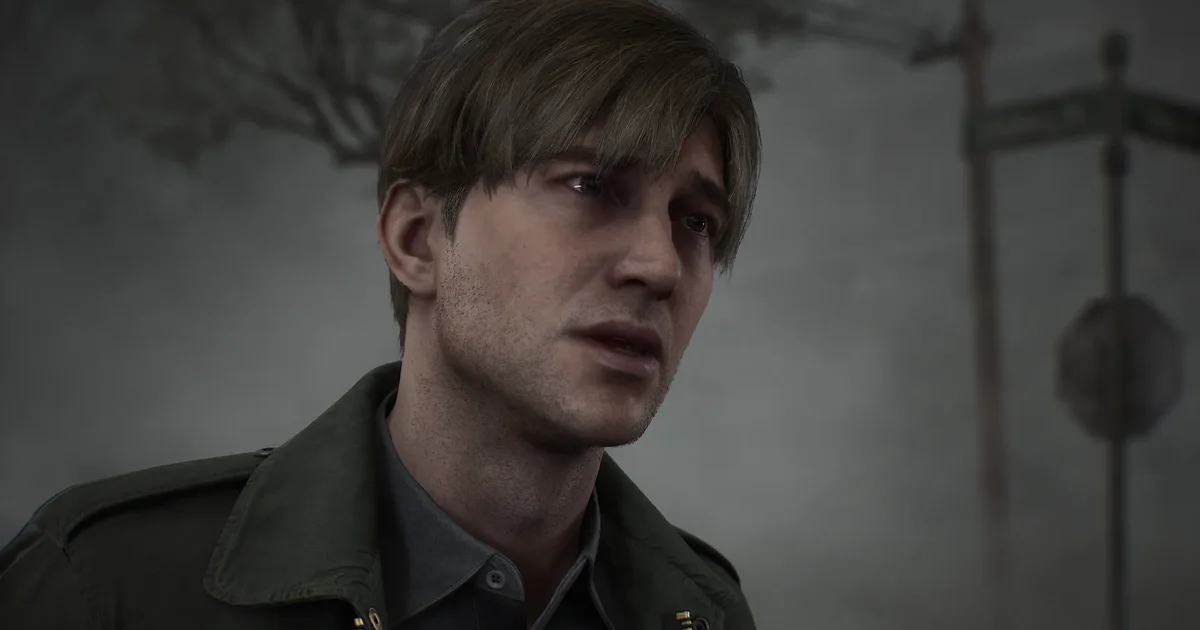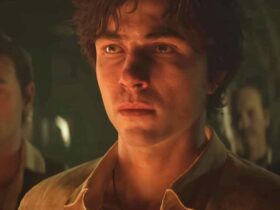The arrival of a new working week can be pretty bleak, but hey – at least you have a brand new edition of DF Direct Weekly to watch or listen to. Despite the colossal workload we have, there’s a huge amount of discussion this week – from an extended chat about the strengths and weaknesses of Sony’s PSSR upscaling through to a look at Assassin’s Creed Syndicate‘s 60fps patch and some quick impressions on the new PlayStation Portal update.
This Direct is longer than usual, because Bloober Team released a patch for Silent Hill 2 on PS5 Pro after filming, aimed at improving graphical problems – described in depth in Tom Morgan’s coverage last week. So, has the game improved? The answer is yes, but it seems that the route forward was simply to roll back on PSSR support, dropping back to Epic’s TSR upscaler – in the 60fps mode at least. PSSR remains in effect in the 30fps quality mode, so that’s still presenting some issues.
Let’s recap on the issues as they stood with patch 1.05. In providing Pro support, Bloober Team shifted from the use of Epic’s ‘in house’ upscaling solution – TSR (temporal super resolution) in favour of Sony’s machine learning based alternative, PSSR (PlayStation Spectral Super Resolution). In image quality terms, while PSSR has some advantages, they were significantly outweighed by the negatives – intrusive flickering in Lumen reflections, inconsistent global illumination and general ‘noise’ problems. Disocclusion issues were also problematic, with objects noticeably leaving visual artefacts when the camera moved. We went as far as to say that the Pro version of Silent Hill 2 looked worse than the standard PS5 version as a consequence.
- 0:01:05 News 1: PS5 Pro PSSR issues analyzed
- 0:29:50 News 2: Silent Hill 2 patch tested: PSSR dropped!
- 0:39:02 News 3: STALKER 2 suffers launch woes
- 0:51:04 News 4: Assassin’s Creed Syndicate gets current-gen patch
- 1:02:23 News 5: Sony in talks to acquire From Software
- 1:12:34 News 6: PlayStation Portal updated with cloud streaming support
- 1:22:57 News 7: Callisto Protocol PS5 Pro patch released!
- 1:32:36 Supporter Q1: Are there any Nvidia graphics cards for $400 or less that are good deals?
- 1:42:29 Supporter Q2: When there are glaring performance issues in a game, what do you chalk them up to?
- 1:50:24 Supporter Q3: Why do games often offer so many console modes when one of them is clearly optimal?
- 1:57:13 Supporter Q4: Are you feeling Unreal Engine 5 fatigue?
- 2:01:29 Supporter Q5: Will Microsoft bring Xbox backwards compatibility to PC?
- 2:10:39 Supporter Q6: Which vaporware is better: Blast Processing or “the power of the cloud”?
Bloober Team’s solution for this problem is pretty straightforward – to roll back on the PSSR support in the lower resolution performance mode, re-introducing TSR. In using this strategy, the game now reverts to the kind of image quality seen on the standard PlayStation 5 version of the game – and that’s absolutely fine. We can’t rule out dynamic resolution but it seems that performance mode is upscaling from something in the region of 1008p. There is a small frame-rate advantage over the standard PlayStation 5 rendition of the game, but it’s not as big as expected – just a few fps higher. Perhaps this is explained by the standard PS5 running at 900p, with Pro operating with an improved pixel count.
Beyond that, there’s not much to tell the two versions of the game apart – they look quite similar. That said, there does seem to be a change in the way global illumination presents on the new patch – it looks significantly lighter than it does on the standard PlayStation 5. It’s difficult to tell whether that’s intentional or not but it’s only really noticeable via direct A to B comparisons.
All of which leaves us with the quality mode, which is in a very strange place right now. We can’t discern much in the way of differences against the existing 1.05 code, meaning that PSSR is still in place and all of the existing problems we’ve documented are unchanged. What this also means is that – perversely – the image quality of the performance mode now using TSR is significantly better than the 30fps quality mode. That’s a somewhat stark appraisal of the situation, but it is what it is. We hope that Bloober Team have effectively triaged Silent Hill 2 – prioritising a fix for the performance mode in terms of the distracting PSSR issues, with further optimisations to come. We’d like to see the frame-rate dips in the performance mode fully addressed and image quality fixed on the 30fps quality mode.
The discussion with Silent Hill 2 is our second news story of the week, with a 28 minute chat on PSSR taking point as the lead topic. While Silent Hill 2 and Star Wars Jedi: Survivor have exhibited what we’d describe as egregious PSSR problems and shouldn’t have shipped in the state they did, it’s clear that there are a number of games where the technology is not delivering as it should. The idea is basically to see PSSR replace FSR 2 or Epic’s TSR as the upscaler of choice, where the problems are manifest – especially at lower resolution. Now, to be clear, PSSR is capable of some excellent results, as you’ve seen in our coverage over the weeks, but there are clearly problems.
In upscaling from resolutions under 1080p, there are image quality issues – as seen in Alan Wake 2, for example. However, we’ve also seen challenges when certain ray tracing effects are plumbed into PSSR. Again, Silent Hill 2 and Jedi Survivor bear mention, but Dragon’s Dogma 2 is also presenting very noticeable issues – and has done since its debut at Sony’s gameplay press event a while back. Looking back now, it’s interesting to note that of all the problematic titles we’ve seen so far, Dragon’s Dogma 2 was the only one that made it through to the hands-on events.
So, what happens now? Bloober Team has put out what you might call a mitigation for the issues in Silent Hill 2, while Respawn says it is aware of the issues with Jedi: Survivor – as you’d hope bearing in mind how glaringly obvious they are. However, on a more general level, we need to accept that in entering the machine learning upscaling space, Sony is taking on industry juggernauts like Nvidia and indeed Intel, both of whom have shipped accomplished solutions. Up against DLSS, PSSR is up against best-of-the-best technology, iterated on over years by some of the most experienced, talented engineers in the business.Some might say that PSSR accomplishing what it has in a first generation product is a good achievement – and a great foundation for the updates to offer.
That said, it’s clear right now that PSSR in its current state requires careful integration – and it can’t be seen as a ‘fire and forget’ solution to FSR, no matter how much we might want it to be. Sony will almost certainly get to the point where PSSR becomes a must-use foundational technology for PS5 Pro and whatever comes next, but this is just the start of the process.
fbq('init', '560747571485047');
fbq('track', 'PageView'); window.facebookPixelsDone = true;
window.dispatchEvent(new Event('BrockmanFacebookPixelsEnabled')); }
window.addEventListener('BrockmanTargetingCookiesAllowed', appendFacebookPixels);











Leave a Reply